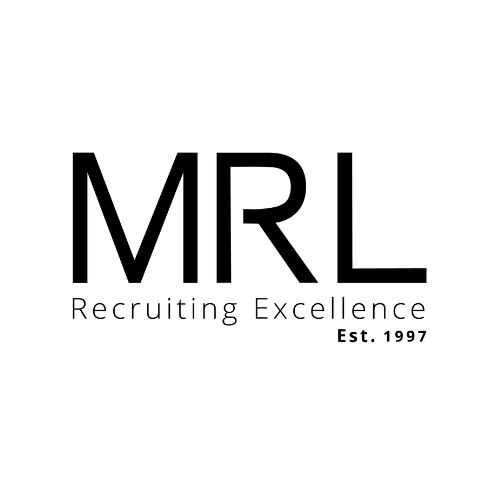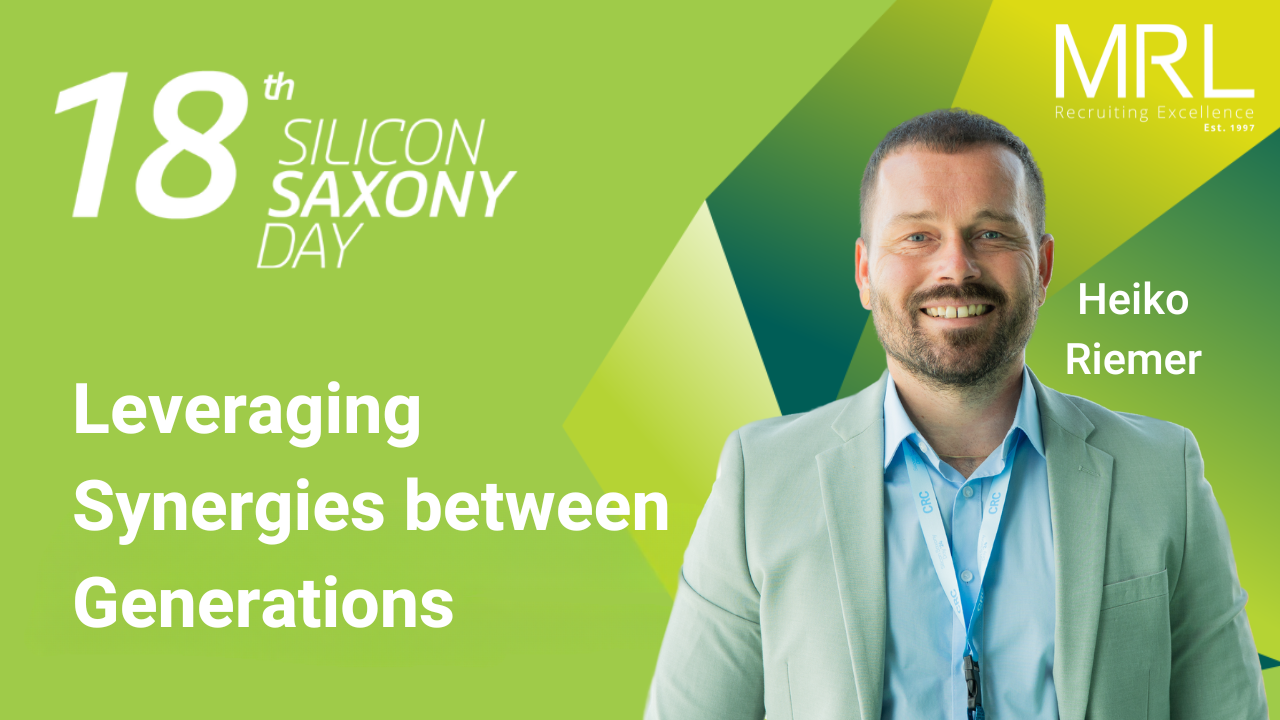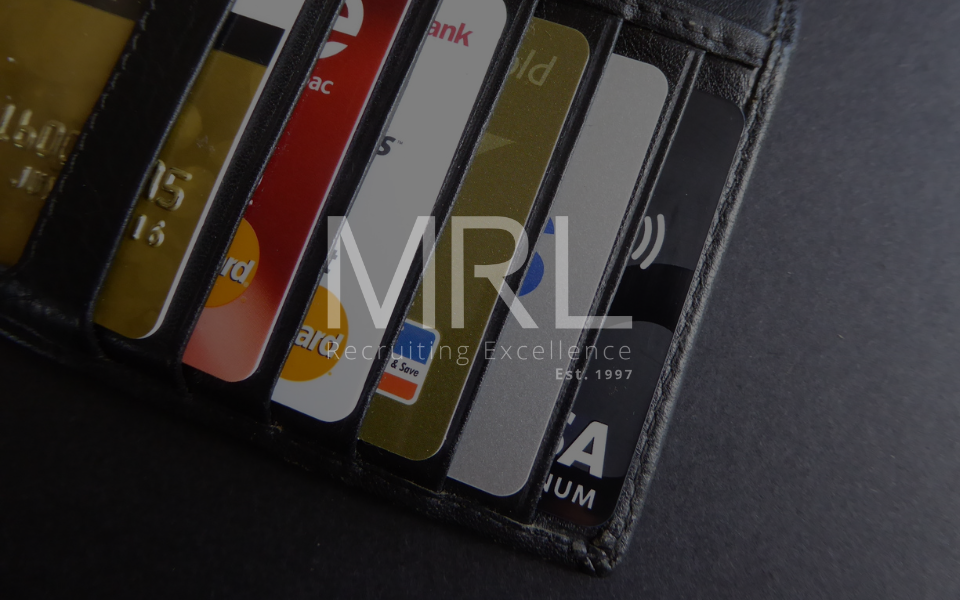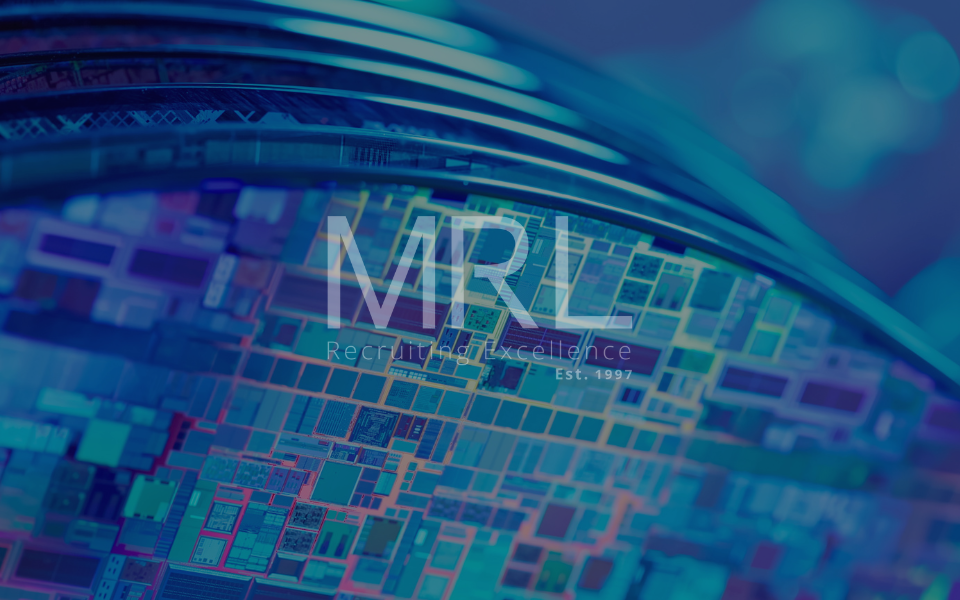Let There Be Electromagnetic Waves
11 Sept, 20175 minutesLasers, lenses & prisms, electromagnetic; light can be manipulated in a manner of ways a...
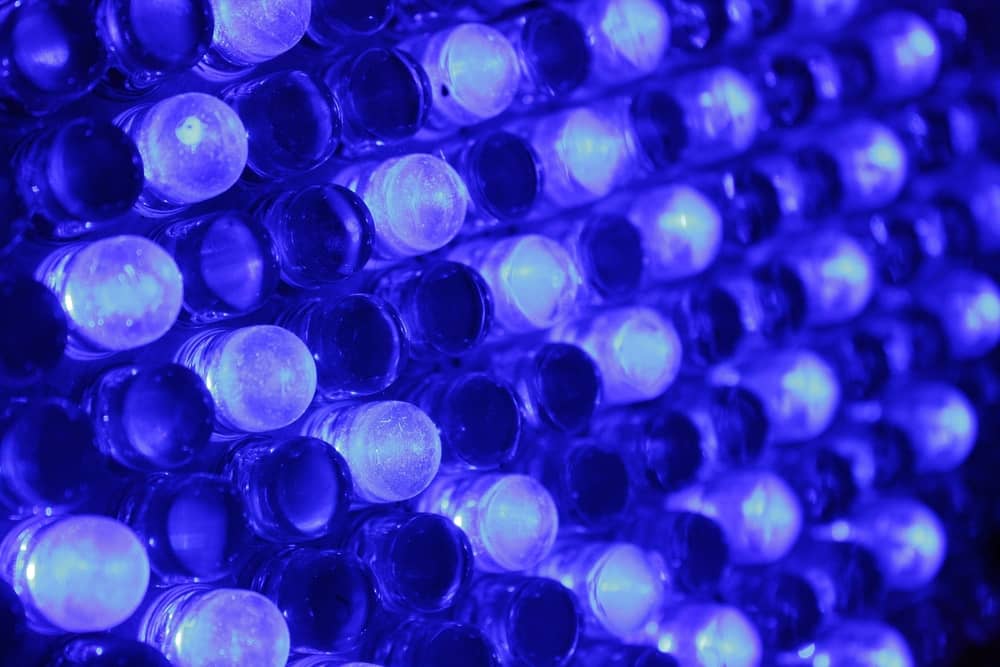
Lasers, lenses & prisms, electromagnetic; light can be manipulated in a manner of ways allowing us to utilise its waves and particles for our needs. Our control of light has come on a long way from simply a fire or a candle – becoming a $33.1 billion industry as of 2016 and it looks to get even bigger and more advanced with the next wave of light tech to almost godly proportions.
LED-ing The Way
LED’s are leading the way with their ability to be produced on mass, no use of chemicals to create light and their long lasting durability. But more than that, as they are diodes, they are the forefront of smart light tech. With their facility to be part of a control system and the capability to blend their beams it gives us a diverse light source for a range of aptitudes. From the first nanolumen this technology changes our concept of what light can do for us. It hasn’t had the easiest start with a rocky market demand at the beginning coupled with a high price, it is now starting to strongly cross over from the lab to the home.
Home
What all this development in LED tech is doing is allowing the creation of a truly smart home. When something as integral as your lights can become reactive sources of technology it opens up a plethora of possibilities.
LiFi : Being a semiconductor, LEDs can have their current turned into a stream-able set of data signals and with it boasting speeds of up to 224 gigabits per second, it could become the standard for internet connections. Shuji Nakamura who won the Nobel Prize for inventing the blue LED said in an interview that Li-Fi is crucial for future light technology. However being light based, this does mean it won’t work between walls and the light must be on for it to work.
Sound : LEDs can incorporate microphones and speakers, meaning for instance, you can give it simple commands like turning them on and off or running your music it through them; and with how lights are placed, it will give you a more surround sound than ever before. Another interesting concept, if your fire alarm goes off and you are deaf, the lights can turn on to alert you which could potential save hundreds of lives.
All resulting in what could become a voice controlled, insanely fast, blended part of our homes. This tech will most likely be the turning point for smart homes, as more functions get entwined into our smart lights.
Commercial
We have seen the rise of beacons being utilised by retail in shopping centres to inform their shoppers of deals in the vicinity, however you need to have battery draining Bluetooth on or keep an app active to receive the offers. Clever use of LEDs will change this. With being able to react to movement, sound and visual, consumers can be made aware of discounts, happy hours and limited stock with subtle changes in light colour – or with LiFi it could eliminate the need for them all together. As our tech becomes more wearable, expect to see this be common place in years to come.
Surprisingly the commercial sector has taken a little while to warm up to the idea of LEDs. And It is even rarer to find stadiums or concert halls opting for this type of lighting, despite being more energy efficient, and more malleable. However some are embracing it, and what bigger event then the Super Bowl? In 2015 the big game was lit by LEDs for the first time ever, it reportedly made the whole game easier to see and removed the flicker during slowmo playback. Making it all the more – awesome!
Medical
The cutting edge tech that is emerging in light and optics finds its birth place in the industrial sector. With the global need for more energy efficient technology, and light taking up a huge part of this, we are going to see this take a large precedent in innovation. However some of the coolest of these innovations is in well-being.
One thing that plagues offices, is florescent tubes. Harsh, flickering and completely energy inefficient. Fraunhofer Institute for Industrial Engineering have tackled this with creating modules that mimic the sky. Their studies showed that natural daylight improved productivity by up to 15% so maybe one day we can so goodbye to those grey square panels above your head – and the headaches that come with them.
Further to the concept of light helping to improve productivity, it could even help to heal ailments. Some hospitals are using light therapy within their treatment rooms to help sooth patients and increase recovery time. This concept is being picked up by tech companies to create floor to ceiling panels to bring a whole new meaning to mood lighting.
And with brand new developments into organic light-emitting-diode displays that use bacteria to create illumination you can assured that the light, optics and LED sectors within the tech market is going to grow exponentially over the next decade and truly brighten our lives.
